This page profiles innovative and impactful applied research in civil and structural engineering to spur continuing thought and dialog to create a better industry. These profiles are based on interviews, and the opinions and statements are those of the subject…
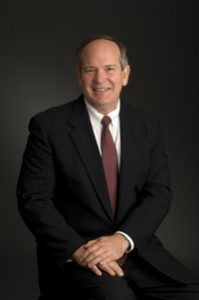
Future Forward: Think Long Term for Maximum Value
Dr. John Brown Miller is a global expert on public infrastructure with an eye on efficiency and value. He has a 35-year focus on bringing practical business,…
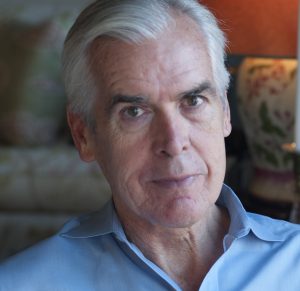
Change Leader: Simplify Legal Structures to Get Things Done
Philip K. Howard, chair of not-for-profit Common Good, is a lawyer who is actively involved in shaping public policy. In addition to writing several…
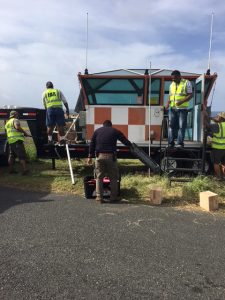
September – October 2017 TRENDS
In this section, Informed Infrastructure compiles infographics from trusted sources that reveal insight on infrastructure spending. We also compile some of the top infrastructure stories that shouldn’t be missed. For ongoing news coverage, turn to Informed…
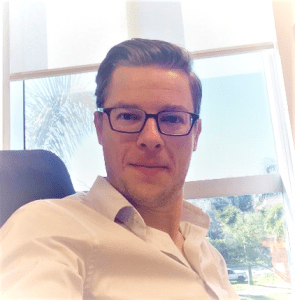
Code Update: Steel Bridge Design Specifications Revised in New AASHTO Edition
Interim revisions to AASHTO LRFD Bridge Design Specifications (7th Edition) were published in 2016 with a few minor revisions to the steel bridge design sections of the specifications. The 8th edition of AASHTO LRFD Bridge Design Specifications is expected…

From the Field: M-8.1 Earthquake Strikes Mexico
Preliminary Structural Damage Assessed On Sept. 7, 2017, approximately 87 kilometers southwest of Pijijiapan, Mexico, an 8.1-magnitude offshore earthquake struck at a depth of 70 kilometers. At time of this writing, more than 90 deaths have been confirmed,…
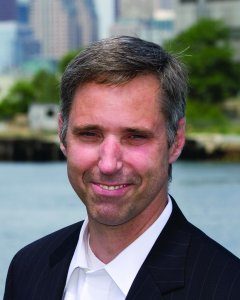
Executive Corner: Mitigating Taxes While Achieving Strategic Ownership Goals
In my experience, the top three reasons why A/E firms implement employee stock ownership plans (ESOPs) are taxes, taxes and taxes. However, although mitigating taxes is an important element, a good ownership plan should be driven by a firm’s strategic plan…
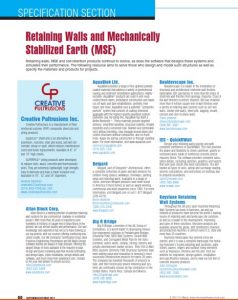
Specification Section: Retaining Walls and Mechanically Stabilized Earth (MSE)
Retaining walls, MSE and soil-retention products continue to evolve, as does the software that designs these systems and simulates their performance. The following resource aims to serve those who design and model such structures as well as specify the materials…
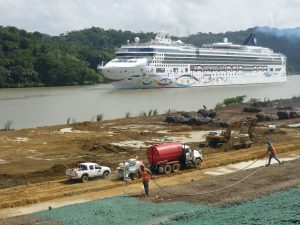
Hydroseeding Takes Root at the Panama Canal
In a country that receives more than 100 inches of rain per year, on slopes as steep as 45 degrees, controlling soil erosion is crucial. In 2006, when the $5.7 billion Panama Canal expansion project kicked off, headlines were awash with news about the engineering…



